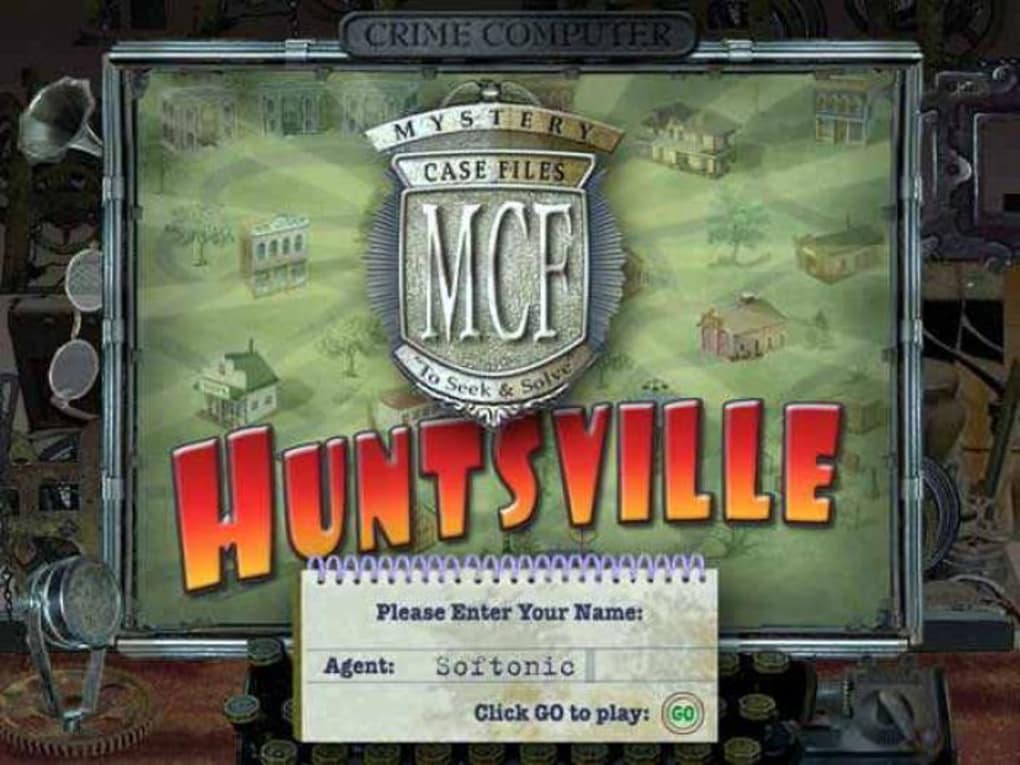

It saves energy, but it prevents things from drying because drying is an energy exchange process. That's part of the deal, but I'm old and I realize that as my projects become more and more energy efficient, less energy moves from the inside to the outside and the outside to the inside.Īnd presumably that's good. As an engineer, I'm born with a genetic defect, it's the efficiency gene. And it all sounds fabulous, but it's not easy and you can't get something for nothing. And let me put that into context, we are insanely focused on energy efficiency and sustainability and carbon neutral.
Master p crack house free#
One of the things that I like to point out to folks is that there's no such thing as a free thermodynamic lunch. And in my spare time I act as a consultant for RDH building science, where I do lab work and crawl around rotting and leaking buildings that smell bad. I am a professor of building science at the University of Waterloo, where I teach students in architecture and engineering. Let's have a beer." I get the call “The vampires are here and they're taking everything and you got to help.” So I point out that failure has made me the man that I am today. I never get a call saying, "Joe, things are going great.

I deal with building science and mostly problems. My name is Joseph Lstiburek, I'm an engineer. John Straube and Joseph Lstiburek talk about why the building industry should talk about its mistakes, how there’s no such thing as a free thermodynamic lunch, and how human judgment is critical to creating a better built environment.

We need to understand the failures, because I learned so much from Bill.

And I think as an industry, as a whole, we need to do a lot more sharing, not of just our successes, but of our failures. We need to be able to be more honest about what doesn't work and share those failures so that our next projects can be better. He has been involved in the development of dozens of new building products and sat on several product standards committees. As a Principal at RDH Building Science and RDH Building Science Labs, he conducts forensic investigations, assists the design of new high performance buildings and leads research projects in the areas of low-energy building design, building enclosure performance, hygrothermal analysis and field performance monitoring. John's leadership as a building scientist and an educator has been recognized with multiple awards, including the Lifetime Achievement Award in Building Science Education from the National Consortium of Housing Research Centers (NCHRC). He is the author or co-author of over 100 published technical papers, author of the book High Performance Enclosures and co-author, with Eric Burnett, of Building Science for Building Enclosures. John Straube, Ph.D., P.Eng., Associate Member ASHRAE, is an associate professor in the faculty of engineering at the University of Waterloo, where he is cross appointed between the School of Architecture and the Department of Civil and Environmental Engineering. He has a joy for telling tall tales to his proteges and audiences. Joseph is an acclaimed educator who has taught thousands of professionals over the past four decades and has written countless papers. He is a recipient of the Carl Cash Award from ASTM, a “Becky” from the Ontario Building Envelope Committee (OBEC) and the EEBA Legacy Award all for lifetime contributions to building science. The Wall Street Journal referred to him as “the dean of North American building science.” Fast Company magazine called him “the Sherlock Holmes of construction”. Jospeph received an undergraduate degree in Mechanical Engineering from the University of Toronto, a master’s degree in Civil Engineering from the University of Toronto and a doctorate in Building Science Engineering from the University of Toronto. He is a building scientist who investigates building failures. Joseph Lstiburek, Ph.D., P.Eng., Fellow ASHRAE, is the founding principal of Building Science Corporation and an ASHRAE Fellow.


 0 kommentar(er)
0 kommentar(er)
